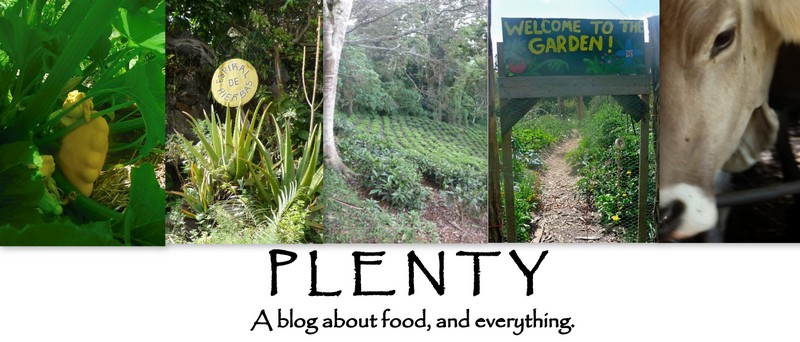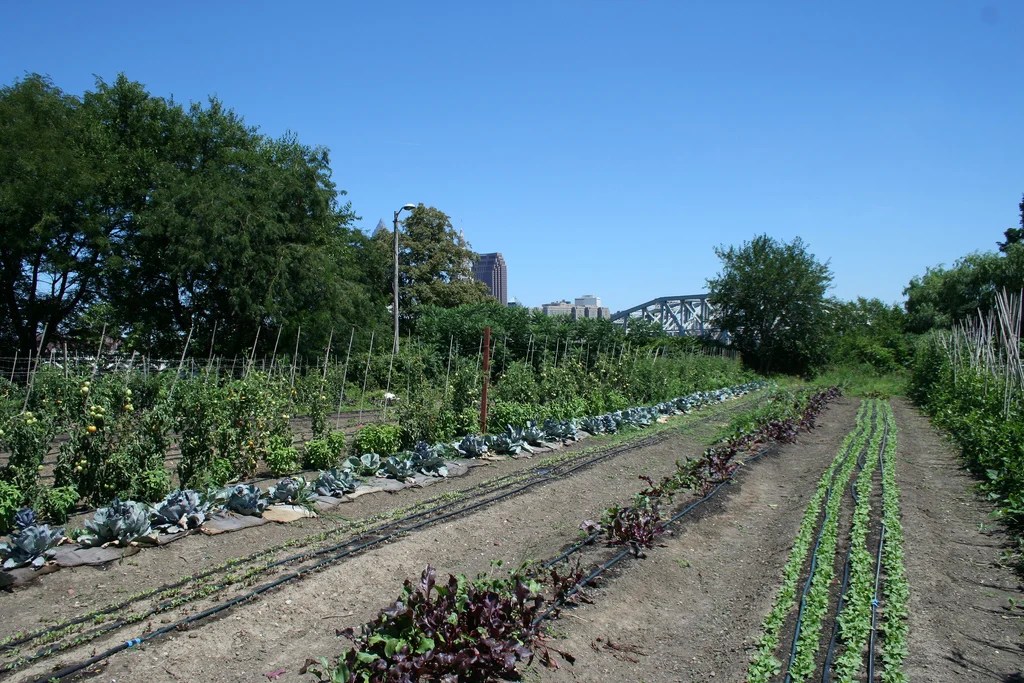The following is my first article as a Student Reporter Fellow. Over the next few months, myself and a handful of other fellows from around the world will be writing pieces that highlight global food issues. I couldn’t be more excited to contribute!
It’s April in Indiana, the ground just beginning to thaw. Birds and buds are emerging after the long polar vortex of these past many days. The peas are just starting to sprout and the white blossoms of the fruit trees are all promise, of apricots and peaches and pears that will begin to ripen only when we’ve found our way to the other side of the summer solstice. As new life emerges, the refrigerators and fruit bowls of many in the Hoosier state are already full: of ripe mangoes and oranges and bell peppers, spinach, tomatoes, and basil. Even for the organic consumer, this abundance is now available year-round.
It’s April in Chiapas, Mexico’s southernmost state. Here coffee is grown using traditional methods on over 11,000 hectares certified for organic production. The harvest is coming to a close, the beans packed in containers and ready for shipping to all points north. April in Baja California, Mexico, where organic tomatoes are being coaxed from the desert, they too shipped north to meet the growing demand for organics by American consumers.
Over the past decade, Mexico has emerged as a significant contributor to global organic agriculture, experiencing a ten-fold increase in organic production. The country’s rankings capture this significance: it is the world’s top producer of organic coffee and tropical fruits, the second largest producer of organic vegetables.
There is great potential for profitability in this growing market for export. However, organics should not be viewed merely as an extractive industry, a one-way street between production and consumption. Demand for organics has been growing in Mexico, as well.
This is a boon for farmers, who have seen their market share for traditional crops, like corn, fall since the implementation of the North American Free Trade Agreement (NAFTA) in 1994.
In some places, like Chiapas for example, this shift can mean agricultural cooperatives that allow farmers to capitalize on economies of scale, ensuring the most direct profit for their product. But, just as in the United States, organic agriculture can also have a very different meaning. It can mean mono-crops, and big business, and over-taxed aquifers. Such is the case in much of Baja, California.
While we continue to debate the merits of big business organics, we can be sure of one thing: production in Mexico will continue to grow. Just last year, on October 29, 2013 the government of Mexico instituted its own guidelines for organic production. The organic labeling program is similar in many ways to the program in the United States, with many of the same rules and regulations.
Read more in this great NY Times piece and on the USDA Foreign Agriculture Service website.









